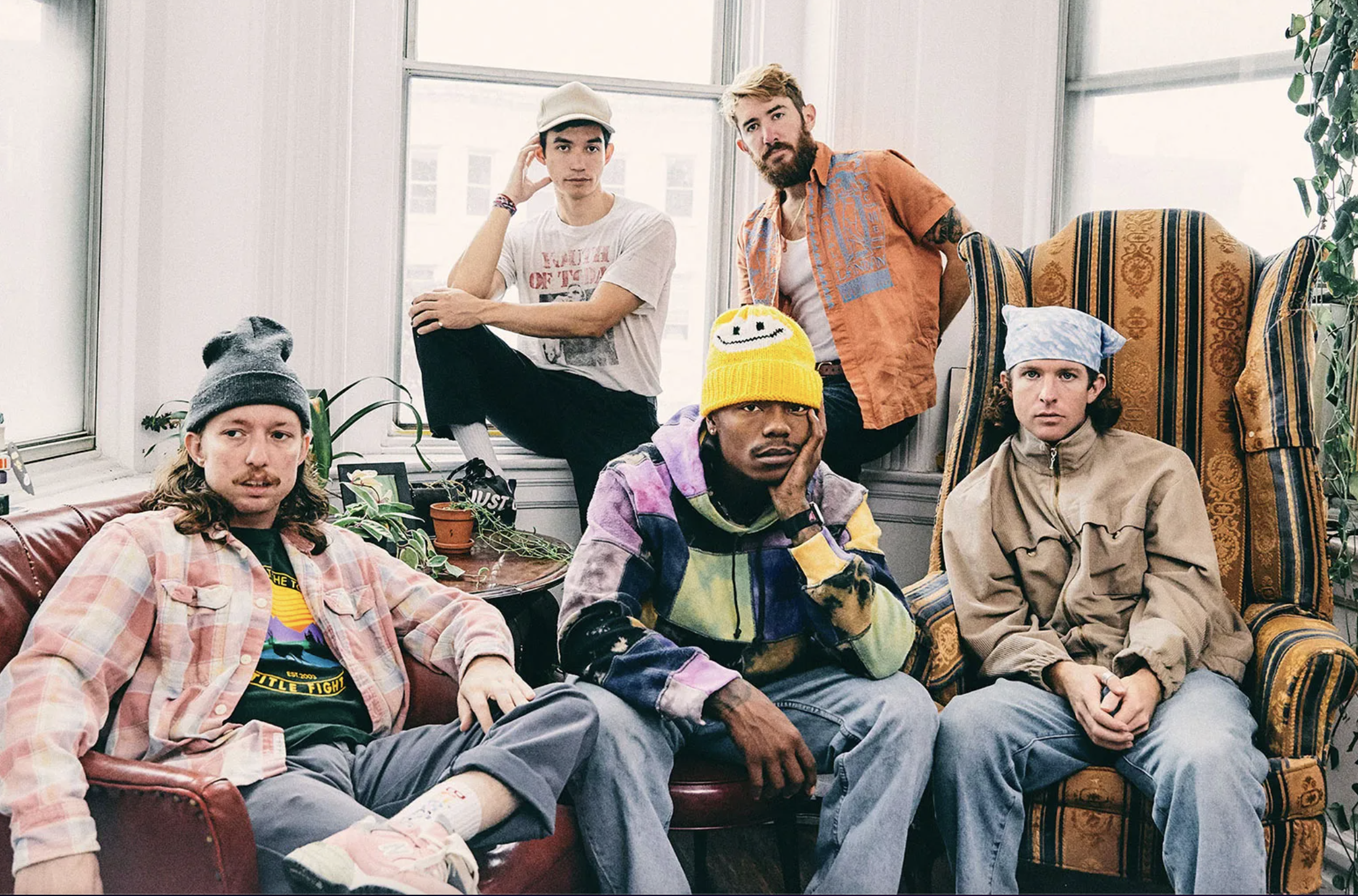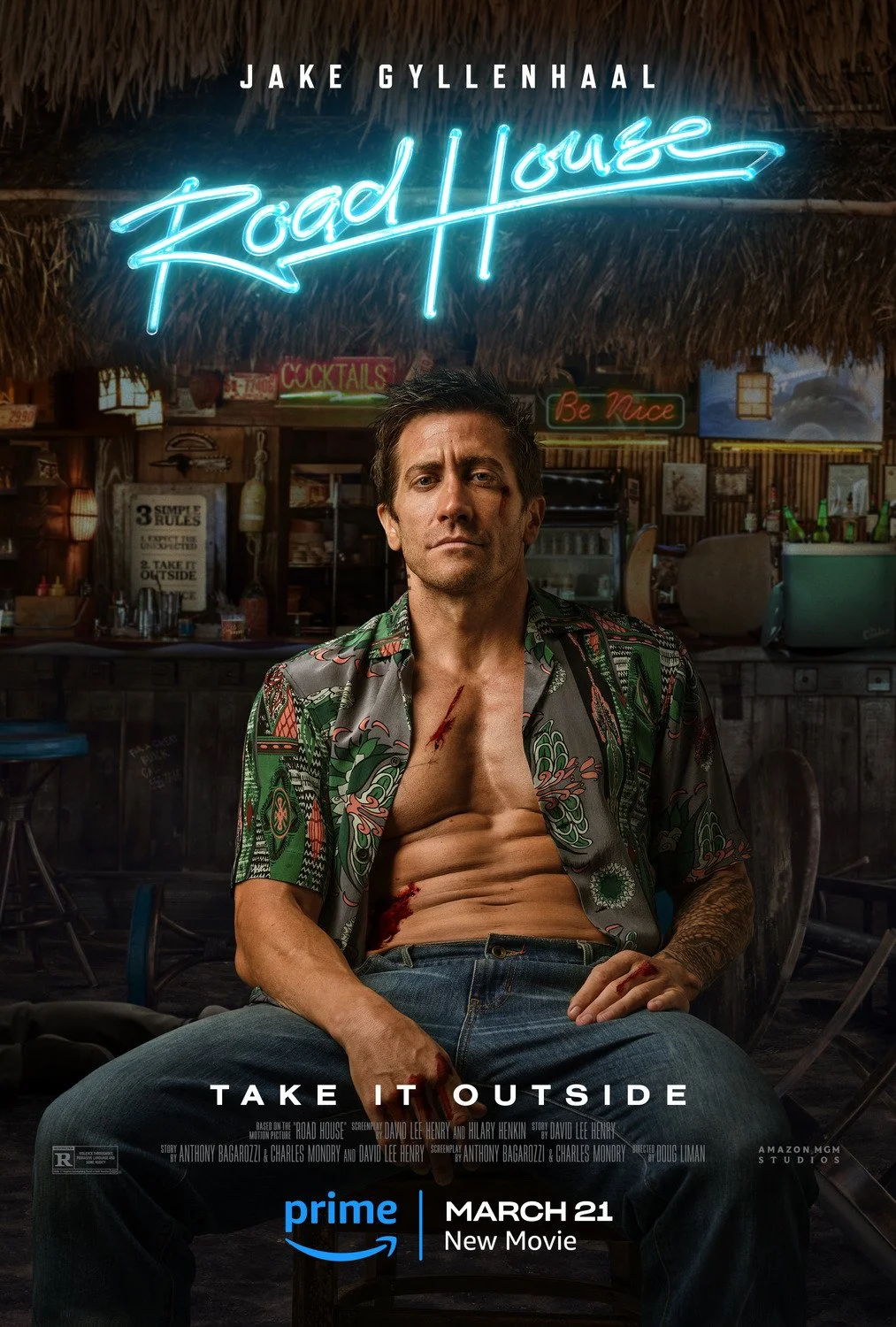A Subjective History of Hardcore Punk
Hardcore punk is not metal
It never was and it will never be, but their paths crossed somewhere along the way and both genres never really left one another since. Metalheads and hardcore punks are often at the same shows now, since both genres created so many hybrid offsprings. These guys are like annoying, younger ultraviolent cousins who could kick our asses any day of the week even if we don't really want to admit it to ourselves. I was never really into hardcore punk, but you can't write a history of metal without discussing it.
There are two major types of hardcore punk: classic and beatdown. Classic hardcore (which I would qualify of mostly unlistenable) is just faster, angrier and more uncompromising punk rock. It popularized the do-it-yourself ethics, which promote the existence of a music scene without depending on corporations. Beatdown hardcore is the one we're doing to discuss in greater details today because it's where hardcore punk and metal first met. For better or worse. Also, it's sometimes unintentionally hilarious.
Why did metal and hardcore punk ever became a toxic couple? My take is that they actually enhance one another. At least they do musically. Metal integrated hardcore's straight blasting fury and tasty-ass breakdowns, while hardcore punk became….uh, more musical because of metal's riffs and grooves. Ironically enough (I told you these two are hilarious together), both reject their rightful offspring metalcore for not being pure. But both somewhat tolerate deathcore because it's brutal enough.
So, about hardcore punk…
The essence of rock (or not)
In order to understand hardcore punk, you need to understand what punk rock is (or at least what it was meant to be). Conceptualized in the 1960s by garage rock pioneers like MC5 and The Stooges, punk rock was a minimalistic, rowdy and socially engaged form of rock n' roll meant to go against its growing corporate takeover. Its flagship bands include The Ramones, Sex Pistols, The Clash, The Buzzcocks and Bad Religion. I'm sure you guessed it by now, punk rock was quickly taken over by corporate interests.
Everything eventually is.
So, punks against the corporate takeover of punk came out with a more uncompromising, minimalistic and less listenable brand of punk: hardcooore! As it is often the case with music genres, the paternity of hardcore punk is disputed. It's most often credited to Washington DC legend Ian MacKaye and his band Minor Threat who formed in 1980 and were burned out and done by 1983 after releasing three EPs and one album. Minor Threat are credited with plenty of other things, like the straight edge movement and emo.
In a way, it always shared core elements with metal. Speed, aggression, a greater emphasis on rhythm than melody, weird song structures, etc. Hardcore experimented more in a "fuck the verse-chorus-verse thing" than by being proggy, but in a late attempt to remain punk in a shifting landscape, pioneers Black Flag did go weird, prog and experimental at the end of their initial run. They wrote longer songs, added jazz elements to their music, it sounded weird as hell, but they didn't want their listeners to get comfortable.
I respect the shit out of that.
A lot of the early hardcore punk bands came from Washington DC: Minor Threat and Bad Brains being the canonical examples. Black Flag, Circle Jerks and Dead Kennedys were from California, the other major emergent scene at the time. There was one in the UK also that featured acts like Crass and The Exploited, but there were stylistic and sonic difference between both. You could qualify them of crust punk rather than hardcore punk. You could also argue it’s the same thing, but I would disagree.
New York Hardcore and the Birth of Beatdown
The most important (and interesting) stylistic shift to happen in hardcore punk history happened when it moved to New York. Bad Brains initially imported the genre to the Big Apple, but sensibilities were different over there. Although everyone agreed to keep the music socially engaged, it was engaged in another way. New York hardcore is where hardcore started being explicitly about self-improvement, positivity and this weird, intense integrity that everyone started to enforce on one another.
This kind of positive, self-improvement talk was always a part of hardcore. You can find some in early Minor Threat songs, but it was part of a larger discourse about reinventing society. New York dudes are built a little different. Bands like Cro-Mags, Gorilla Biscuits and Youth of Today pioneered a different discourse, based on the self and controlling whatever it is you can control in this lowly world. It’s a discourse that spoke to me more on a personal level as it was rather new and brimming with possibilities for extreme music.
New York hardcore also sounded different. The palm muted guitar riffs and groovy rhythms gave a much heavier texture to the hardcore sound. It also provided a great soundtrack for their life-affirming chants. The music aligned with the subculture it created of young, angry dudes looking for a place in the world. Agnostic Front, Madball (originally a side project of the former), Sick of it All and Murphy’s Law were the important names in the scene at the time. It was too good and original to remain local.
Some of you might challenge me on this, but I believe that New York hardcore set the table for beatdown hardcore, a style that mixed metal elements into hardcore and would make it the most prevalent and durable iteration of the style. Connecticut's Hatebreed became undoubtedly its biggest name in the genre, but my favorite might be Los Angeles' Terror. Todd Jones, now the main creative head behind powerviolence gods Nails, used to be in this band. Terror ARE listen on Metal Archives somehow.
Go figure where that fucking line is now.
The line between both genres used to be clear, but it started getting blurry with these, let's say "impure" genres.
Crossover, Beatdown and Coreaganza
I’m totally eschewing the existence of crossover thrash in this article which predates New York hardcore and Beatdown because it's kind of its own thing. It's technically the first occurence of hardcore bleeding into metal, but it also kinda stopped there? What’s interesting about New York and Beatdown hardcore from a historical perspective is that it transitioned and evolved again. Metal and hardcore became more and more linked starting from there. It crossed the proverbial Rubicon.
Beatdown didn’t pioneer, but it democratized the use of the breakdown in heavy music. Slower, chuggier parts of songs that emphasize on heavy, choppy guitar riffs and pulverizing drums. Breakdown is a pratice that goes back to 1920s jazz and that was first used in heavy music by Slayer in Reign in Blood, but Beatdown hardcore made it a mainstay and somewhat of a microevent in music. It has majorly overtaken guitar solos in songwriting today and I believe it's a much more efficient form of tension release.
Beatdown, crossover and grindcore did not invent metalcore, but they gave it permission to exist and metalcore became so popular among the younger crowd at the turn of the millennia, it stopped being considered impure. I mean, purists who believe no good metal was recorded after 1994 will tell you it’s impure, but these guys are gatekeeping idiots. Fusion of metal and hardcore was inevitable and part of the evolution of a genre that is still bearing fruit today.
There's now metalcore, mathcore, deathcore and plenty of other -core genres that are now more popular than most classic metal genres' we’ve covered so far. The genre is very alive today, thanks to young bands like Turnstile , Knocked Loose (and to a certain extent Harm’s Way) who carry the energy of hardcore to a new generation. They’re the future. I find that they have all the fun sides of classic hardcore acts without the cheesy machismo and the thirst for violence. These are now the preprogative of deathcore bands now.
I love that classic, righteous anger was reappropriated by semi-normal kids now.
Before I leave you, here are five songs to help you understand the evolution of hardcore punk.
Minor Threat - Straight Edge : Raw, minimal, hurled. Forty-five seconds long. It’s the very essence of hardcore punk. The delivery of a message first and foremost, the volume and the rhythm are accessory.
Black Flag - Nothing Left Inside : The rawness is still present, but it's long, lingering and pulverizing like a doom metal song. The intent is the same, but the delivery is much more elaborate.
Terror - Your Ennemies Are Mine : Groovier, bouncier, more empowered. It’s not clear cut Beatdown hardcore, but it’s toeing the line between the genres. It’s not New York hardcore, but I feel like it embodies its spirit just as well as any New York band would.
Hatebreed - Destroy Everything : That is beatdown hardcore. Big, bouncy, anthemic, chest pumping music. I was never the biggest Hatebreed enthusiast, but songs like this get your blood going.
Knocked Loose - Deep in the WIllow : The influence of metal is undeniable in the guitars, but the song structure and the vocal delivery are pure hardcore. I love also how contemporary it feels in the lyrics and the interpretation. They adapted the anger of hardcore punk to a different sensibility.









